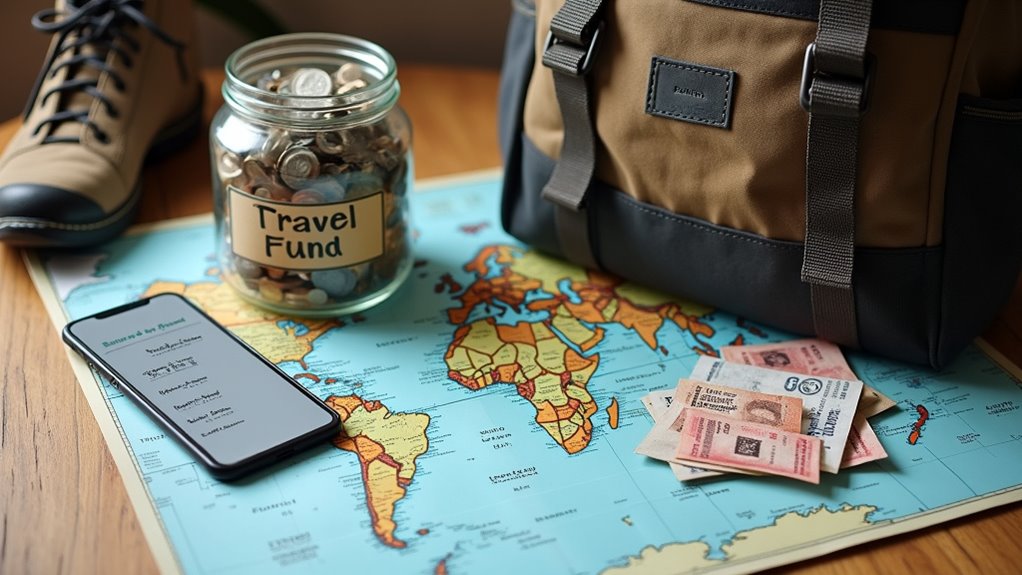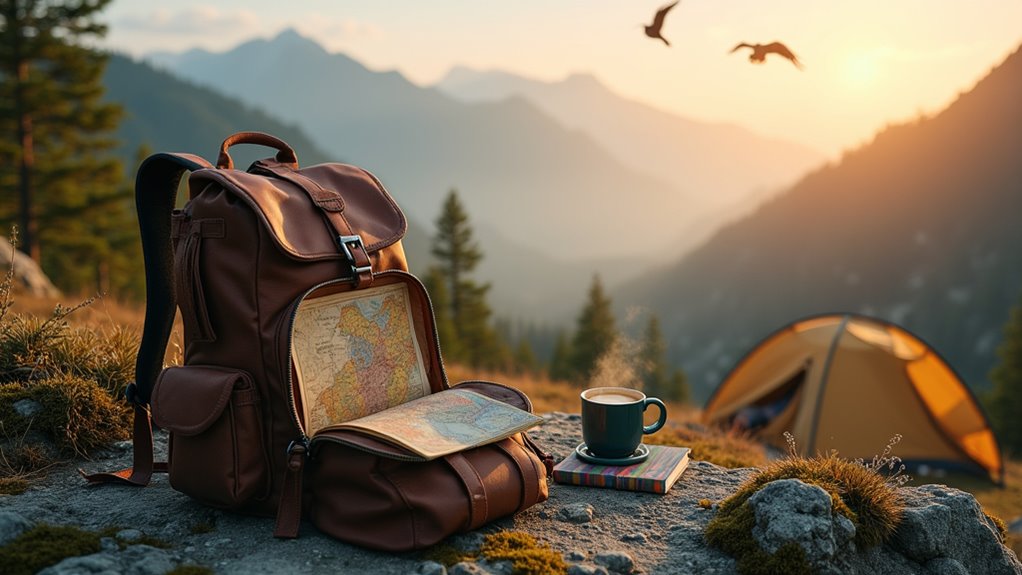To avoid food poisoning while backpacking, you should eat only thoroughly cooked foods served hot, choose clean restaurants with high turnover, and skip raw or undercooked options like sushi or unpasteurized dairy. Always wash your hands with soap or use a sanitizer, peel fruits yourself, and rely on bottled beverages without ice unless the ice is made from purified water. Carry oral rehydration salts and monitor for symptoms. Following these steps greatly improves your safety, and there are more details you should know.
How can you safeguard your health while exploring new destinations? As a backpacker, you face increased exposure to unfamiliar microbes and foodborne illnesses, especially in regions like Asia (excluding Japan), Africa, the Middle East, and Latin America. To minimize your risk, always choose foods that are thoroughly cooked and served hot, since lukewarm dishes can harbor bacteria. In fact, bacteria are the predominant cause of travelers’ diarrhea worldwide, making proper food selection especially important.
Backpacking exposes you to new microbes—protect yourself by choosing only thoroughly cooked, hot foods to avoid foodborne illnesses.
Avoid raw or undercooked foods, including sushi, rare meats, unpasteurized dairy, and raw eggs, as these can introduce pathogens. It’s best to select commercially sealed bottled beverages and skip ice unless you know it’s made from purified water. Handwashing with soap is crucial for prevention, as it helps remove pathogens that can cause travelers’ diarrhea (TD).
When it comes to produce, peel fruits yourself to avoid contamination from surfaces or handling, and avoid pre-cut or street-sold fruits unless you saw them prepared in front of you. Street food, while tempting, poses risks in high-incidence destinations; only consume it if you see it freshly cooked and served steaming hot.
Prioritize restaurants with a high customer turnover, as ingredients there are replenished more frequently, reducing the chance of spoilage.
Practice strict hygiene by washing your hands with soap and clean water before eating or handling food, and carry an alcohol-based hand sanitizer (at least 60% alcohol) for situations without accessible water. Use utensils instead of your hands, and avoid communal condiment containers that multiple people touch. Disinfect eating surfaces with antibacterial wipes before use.
Non-antimicrobial prophylaxis such as bismuth subsalicylate (BSS) can reduce the incidence of traveler’s diarrhea by about 50% when used as directed, but avoid it if you’re allergic to aspirin, under age three, pregnant, or taking certain medications. Only use BSS short-term, and monitor for side effects like blackened tongue or stool.
If symptoms of food poisoning occur, rehydrate with oral rehydration solutions and use loperamide for acute diarrhea unless you have a fever or bloody stools. Carry a travel health kit with essentials, and seek medical care if symptoms last beyond 72 hours or worsen.
Research local dining customs, communicate dietary restrictions clearly, and observe food vendors’ hygiene to lower your risk.









